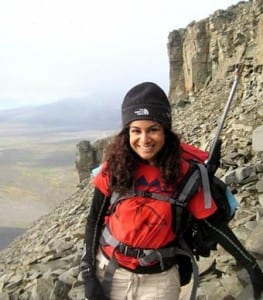Our 20th Annual Grant Lecturer: Prof. Dame Georgina Mace
By Dean W Veall, on 15 November 2016
Last Friday (11 November) was our beloved founder Robert Edmond Grant‘s birthday. Should he have lived (and defied nature) he would have been the grand age of 223. Every year for the last 20 years, since the Museum opened to the public in 1997, we have celebrated REG’s birth with an annual lecture celebrating the great figures of contemporary biology, natural history and history of science. In the past we have had Stephen Jay Gould, Janet Brown, Steve Jones and James Moore give our lecture and most recently UCL Professors such as Anjali Goswami, Paul Upchurch and Helen Chatterjee. This year we are very lucky to have arguably one of the country’s leading ecologists give our 20th Grant Lecture…..
 Close
Close


